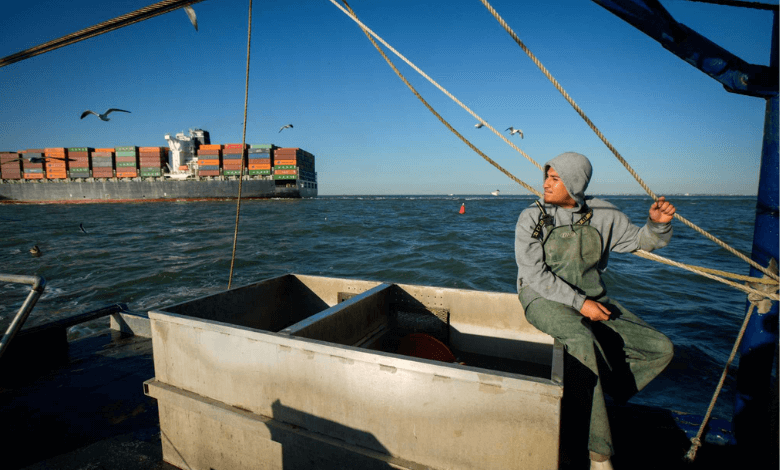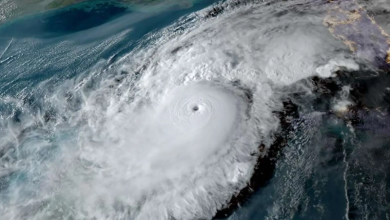
For the second consecutive year, Texas finds itself forced to shutter the majority of its public oyster reefs, marking a devastating setback for an industry already grappling with declining populations. The Texas Parks and Wildlife Department (TPWD) attributes this crisis to a dual assault – the intensified impacts of climate change and the persistent menace of overharvesting.
Oystermen, whose livelihoods hinge on the November-to-April harvesting season in the Gulf of Mexico’s Galveston Bay, are feeling the brunt of these challenges. Joel Gutierrez, a 21-year-old oysterman from Galveston, laments the scarcity of oysters just weeks into the season, leading to closed areas and diminished catches. Romeo Bilcic, with 41 years of harvesting experience, describes this year’s catch as the worst he has witnessed.
Read More: Virgin Atlantic’s Sustainable Path on Heathrow to JFK Route
The TPWD has been compelled to close multiple harvest areas, echoing the measures taken in the previous year. Out of 29 public harvest areas, only six were listed as open by late November 2023, indicating the severity of the situation.
The global context adds urgency to this local crisis, with scientists estimating the loss of at least 85% of the world’s oyster reefs, primarily due to overharvesting and disease. The destructive method of dredging, where boats drag an underwater dredge across oyster reefs, destroys not only the oyster beds but also vital habitats for fish and crabs, as highlighted by the National Oceanic and Atmospheric Administration.
Zach Olsen, a TPWD biologist, underscores the economic potential of the Texas oyster industry, projected to be worth $30 million annually. However, recent years have seen it struggle to reach this mark. Data reveals a stark decline, with an annual average of 730 oysters caught per hour in Galveston Bay between 2000 and 2003 plummeting to 221 oysters per hour from 2019 to 2022.Oysters, critical to the health of coastal ecosystems, thrive under specific conditions, notably the right amount of rainfall.
However, with the changing climate, the frequency and extremity of droughts and heavy rainfall have surged. Marine biology professor Jennifer Pollack at Texas A&M University-Corpus Christi explains that these fluctuations impact oyster populations by altering water temperature and salinity, making them more susceptible to diseases and predators.
The economic and ecological ramifications are profound, affecting not only the livelihoods of oystermen but also the delicate balance of marine ecosystems. The looming challenge for Texas is clear – finding a sustainable path forward for its oyster industry amid escalating environmental threats.



